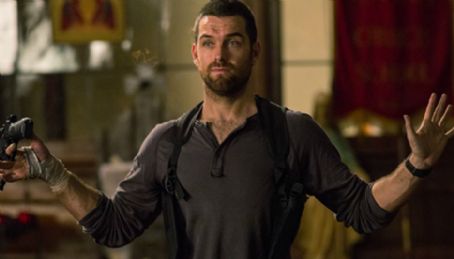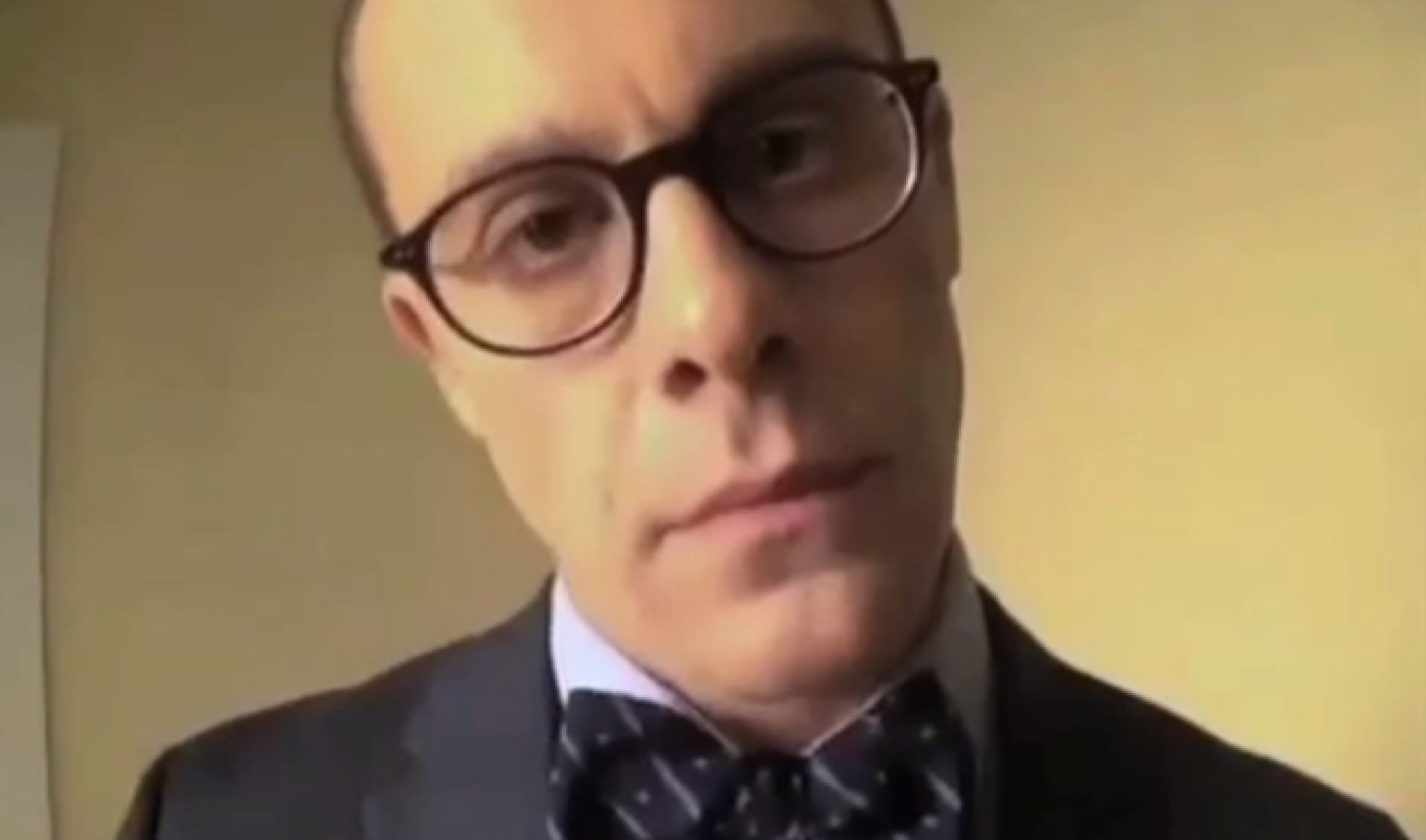


But the show’s better moments are its heists, chase scenes, and the strategies concocted to ensure Hood & company always come out on top. In a sick streak of creativity, the show continues to find new, gruesome ways to kill people, and engages in what might well be considered torture porn.
BANSHEE TV SHOW CHARACTERS FULL
Per usual, Banshee’s story is full of twists and unexpected connections, as well as its telltale brutal violence.
BANSHEE TV SHOW CHARACTERS SERIAL
But Banshee now has a serial killer to contend with, one who may or may not be connected to the neo-Nazi group led by Calvin Bunker ( Chris Coy), who has a connection to Kai and many other familiar faces through the drug trade (and remember, of course, that his reformed brother Kurt - Tom Pelphrey - is on the police force). Carrie ( Ivana Milicevic) has moved to a secluded house that she’s renovating to keep her mind off of her personal grief (while doing some vigilante work at night) and Sugar ( Frankie Faison) is still at his bar, the gang’s meeting place. Brock ( Matt Servitto) is now the Sheriff he always intended to be, with Kai serving as the mayor.

Viewers will find the settings in Banshee changed after the time jump, but the relationships remain the same.

Rebecca has often been one of the major points of connection between Hood and her powerful uncle, Kai Proctor ( Ulrich Thomsen), but in the new season, that becomes the driving narrative. Those ghosts haunt him mightily, until Rebecca ( Lili Simmons) unexpectedly comes to rescue him. Hood is fully feeling the weight of Gordon’s ( Rus Blackwell) death, of Job’s ( Hoon Lee) adduction, of the strained relationship with his daughter ( Ryann Shane), and of the death of Siobhan ( Trieste Kelly Dunn). Perhaps fittingly for a show in its twilight, the tone is of mourning (at least in these first three episodes). But, it also brings together the show’s many disparate parts. In its final chapter, Banshee makes a two-year time jump that serves as a kind of reset. Are they good? Bad? Or how do they justify their actions to their families, their society, themselves? It plays out in the story of every character: men and women who are running from their past, or just discovering it, or coming to terms with who they are versus who they want (or who others want them) to be. Banshee is a story of identity, and Hood masquerading as a police officer when he’s really a criminal is just one of the show’s many explorations of that conflict. It’s always been the story of a man without a name, who instead takes one off of a dead Sheriff to be called Lucas Hood ( Antony Starr). Though the show originally focused on ties between the Amish community and the town, it’s since expanded to include a local Native American reservation, Russian mobsters, government black sites, neo-Nazis, and now, meth-peddling hill people.īut at its core, Banshee has never really changed. During its run (which now concludes with this fourth season), Banshee has been many things, and explored many facets of the surprisingly violent hamlet of Banshee, Pennsylvania. People often forget about Banshee, nestled quietly as it is in the far reaches of the cable dial on Cinemax.


 0 kommentar(er)
0 kommentar(er)
